Bakuchiol serum is gaining traction as more skincare brands incorporate it into their offerings. You can create an all-natural version using babchi oil, the plant source of bakuchiol, and tailor it to suit your skin type. This recipe is rich in antioxidants and combats aging signs and blemishes.
Understanding Bakuchiol Serum
I’ve mentioned bakuchiol (psoralea corylifolia) before and how it differs slightly from babchi oil. Essentially, bakuchiol is a compound extracted from the babchi plant. Though bakuchiol is potent on its own, the plant’s entire composition enhances its effects. Both are used in skincare, but babchi oil is the pure, cold-pressed seed oil.
Many bakuchiol serums come with lengthy ingredient lists and hefty price tags! I aimed to develop a DIY bakuchiol serum alternative.
DIY Bakuchiol Serum
This recipe incorporates babchi seed oil because it is less processed than bakuchiol and oil soluble. Bakuchiol dissolves well in alcohol and certain chemicals, although it is also oil soluble, making it more challenging to use. If you prefer using bakuchiol, it is highly concentrated and only 2-3 drops are necessary for this recipe. Using more can cause skin irritation.
Bakuchiol vs Retinol
Bakuchiol is often referred to as a retinol alternative. Both reduce fine lines and enhance skin texture. However, individuals with sensitive skin often experience side effects with retinol, and it is not recommended during pregnancy due to its toxicity.
Babchi oil or bakuchiol offers numerous skincare advantages. It serves as a brightening moisturizer for all skin types and improves skin tone. The babchi plant also boasts numerous traditional medicinal applications.
Benefits of Bakuchiol for Skin
Bakuchiol is popular as an anti-aging ingredient for its antioxidant and firming properties. Beyond being a natural retinol alternative, bakuchiol or babchi is also beneficial for acne-prone skin. Here are some other skin benefits:
- Reduces dark spots, hyperpigmentation, and discoloration.
- Improves elasticity.
- Fights free radicals to protect skin cells.
- Promotes collagen production for enhanced firmness.
- Adds hydration and is beneficial for dry skin.
- Leaves skin feeling refreshed and nourished.
Compatible Products and Ingredients with Bakuchiol
Retinol may negatively interact with exfoliating ingredients or toners, causing irritation. Unlike retinol, bakuchiol is compatible with other skincare ingredients. You can pair bakuchiol skincare with vitamin C serum, squalene, hyaluronic acid, glycerin, aloe, or niacinamide.
Ingredients for Anti-aging Skin Serum
I’ve combined babchi oil with a selection of carrier and essential oils that are excellent for mature skin. These ingredients also benefit oily and acne-prone skin. If your skin tends to be oily, consider using grapeseed oil as a lighter alternative to avocado oil.
- Avocado oil – This dark green oil is enriched with vitamins and enhances skin collagen. It protects against age spots, regenerates tissues, and has anti-inflammatory properties.
- Jojoba oil – Helps maintain hydration for youthful skin, is regenerative, and tones skin cells. Manages oily skin and shields the skin’s acid mantle.
- Argan oil – Anti-aging, anti-inflammatory, moisturizing, and loaded with antioxidants that combat free radicals.
- Lavender essential oil – Calms and soothes various skin irritations (and offers mental relaxation).
- Ylang Ylang essential oil – Suited for aging, stressed, or oily skin. It also calms the body and reduces stress.
- Clary sage essential oil – Good for mature, dry, itchy, or inflamed skin, controls excessive sebum production, and reduces stress.
Safety note: According to Tisserand, ylang ylang essential oil shouldn’t be applied topically above 0.8%. This recipe uses 0.5%, but if you have very sensitive or damaged skin, use it cautiously or omit.
DIY Bakuchiol Serum With Babchi Oil
This bakuchiol serum recipe features oil pressed from the babchi plant, along with avocado, jojoba, argan, and essential oils to promote graceful aging.
Yield: 1 ounce
Author: Katie Wells
Instructions:
- Add the jojoba oil, argan oil, babchi oil, and essential oils to a 1-ounce glass bottle.
- Fill the bottle with avocado oil, leaving space for the dropper top. Use approximately 1 tablespoon plus 1 teaspoon of avocado oil.
- Store in a cool, dry place away from direct light and heat.
To use: Apply a few drops to a clean face and massage in. Can be used daily.
Shelf life: 6-12 months
If you want to use bakuchiol instead of babchi, you can get bakuchiol for this recipe.
Available Bakuchiol Serum Products
If making your own serum is not feasible, here are a few natural alternatives that are paraben-free, cruelty-free, and boast at least a 4-star rating.
Using Bakuchiol Serum
Since it is oil-based, I apply it after my cleanser and toner. Some experts suggest applying sunscreen afterward. Personally, I do not use or recommend daily sunscreen for several reasons.
This article has been medically reviewed by Madiha Saeed, MD, a board-certified family physician. As always, this is not personal medical advice, and consulting with your doctor is recommended.
What ingredients do you prefer in your facial serum? Have you ever tried bakuchiol or babchi? Leave a comment to share your thoughts!



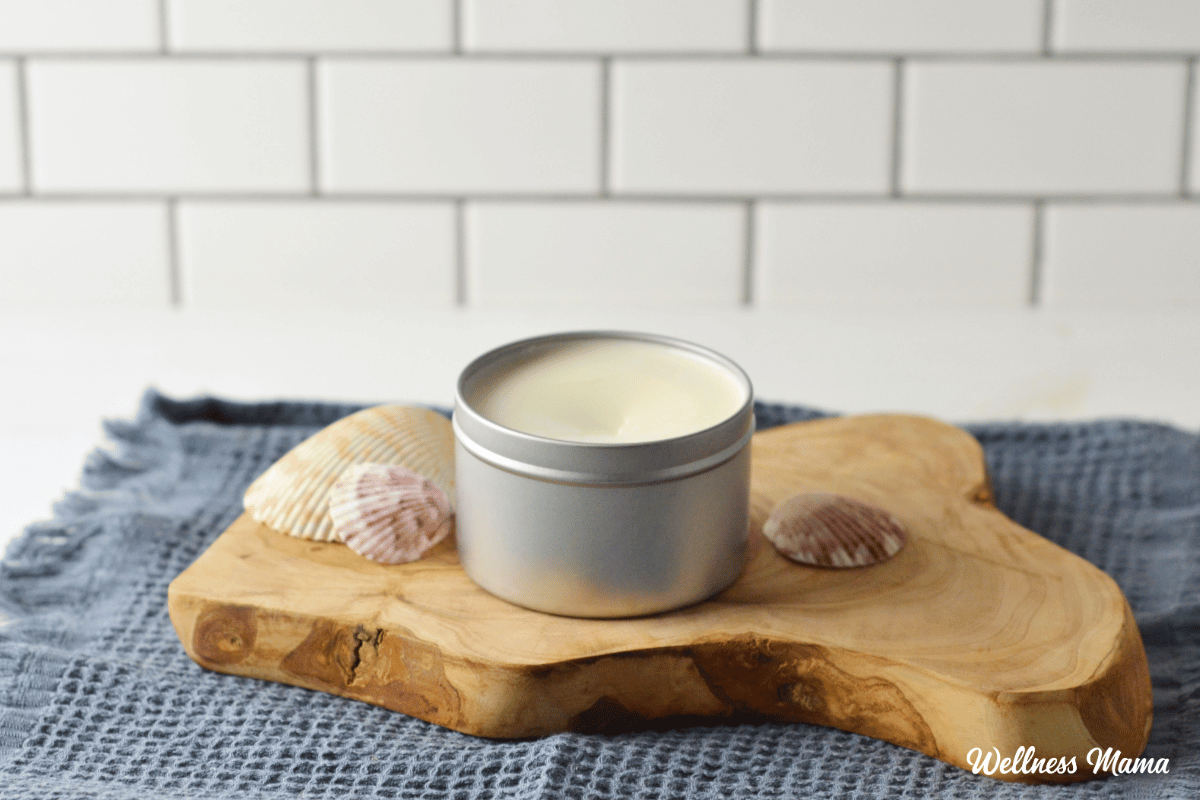
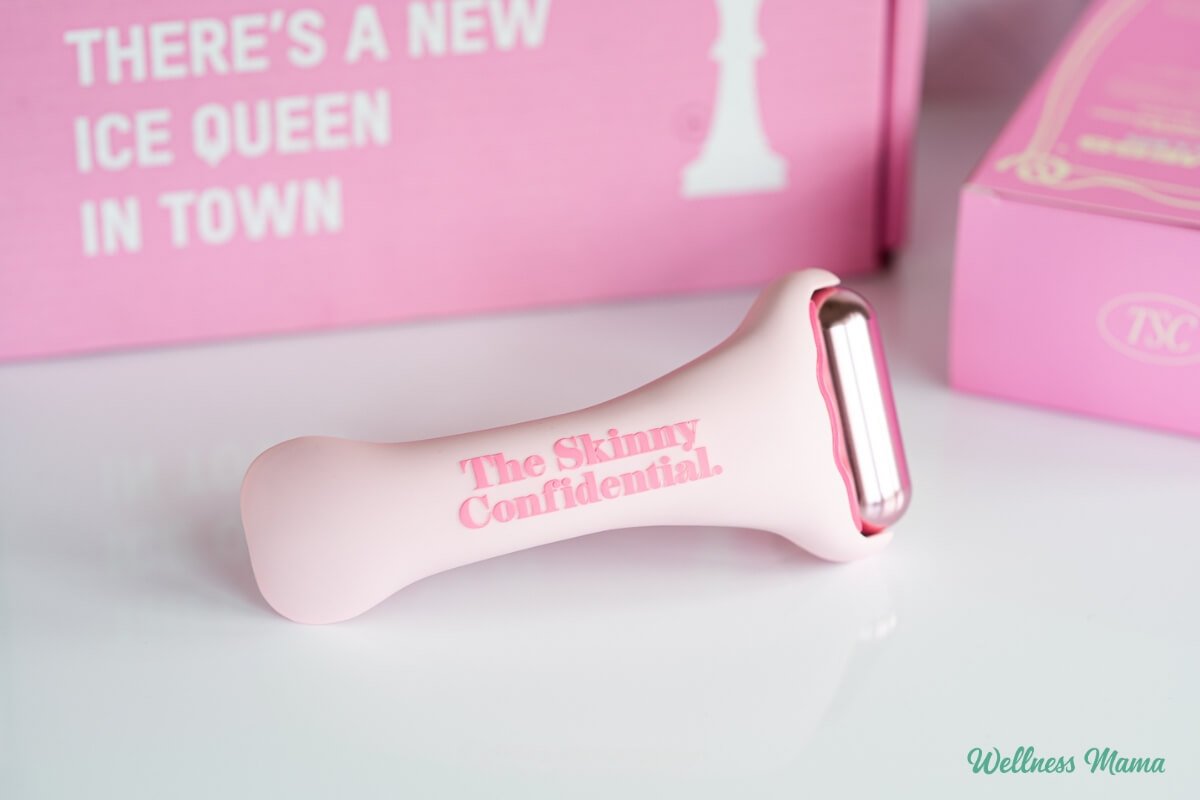

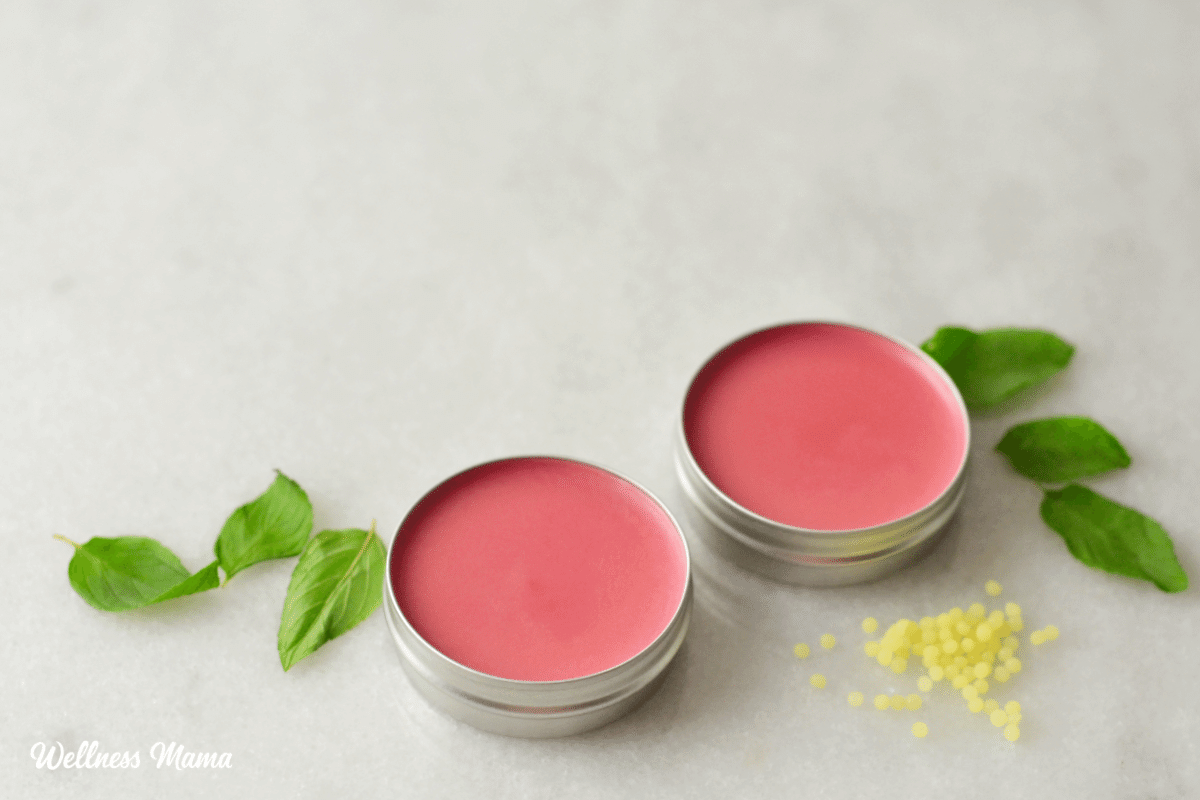
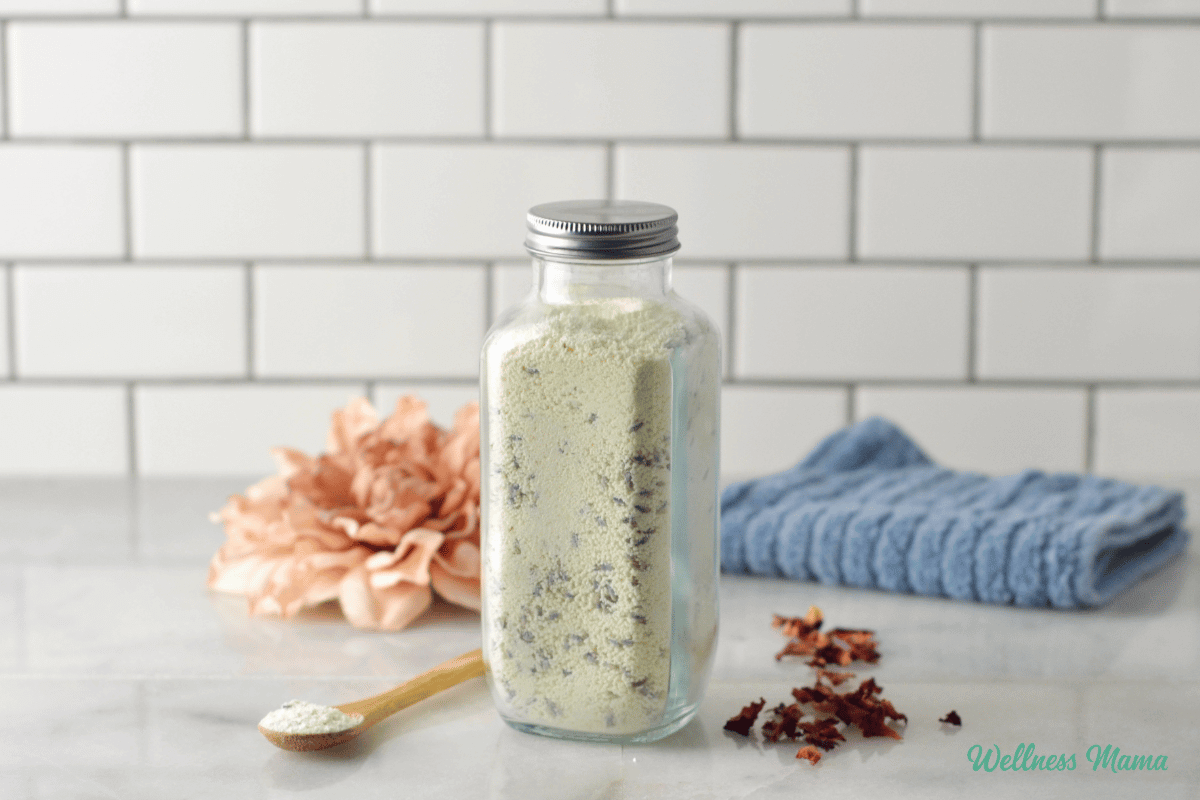

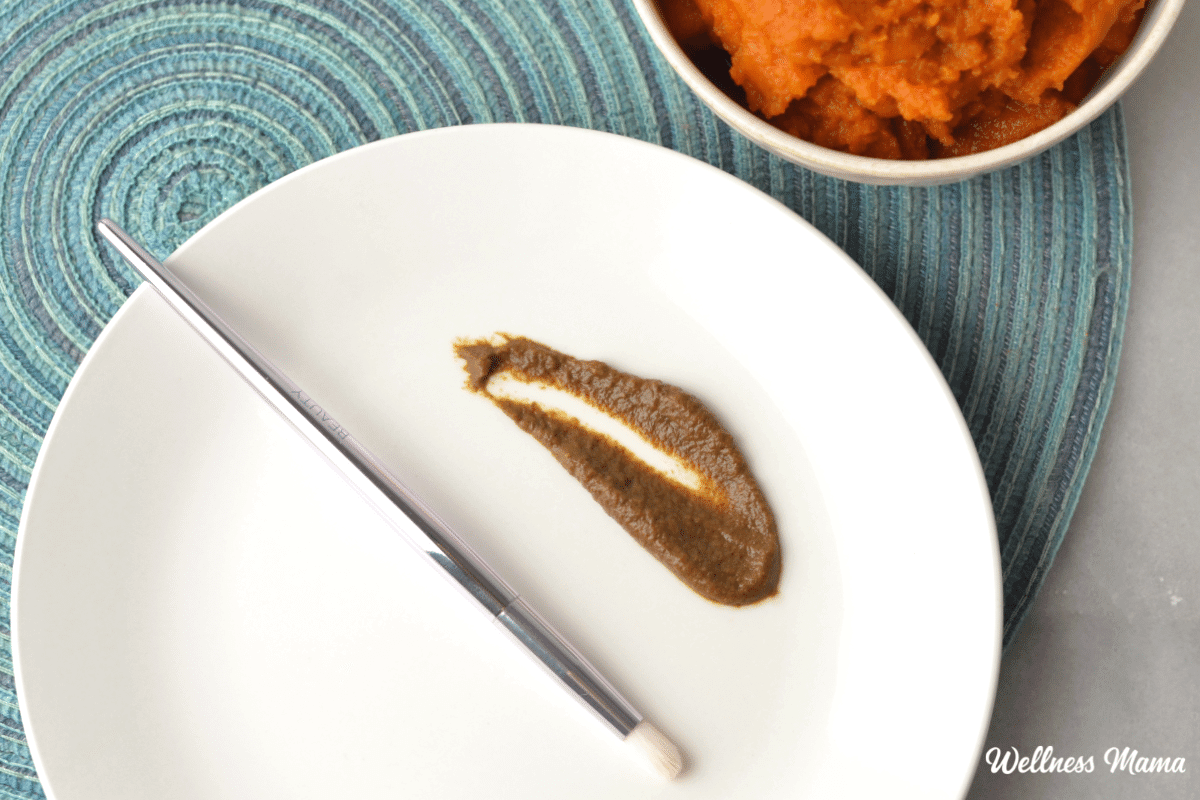


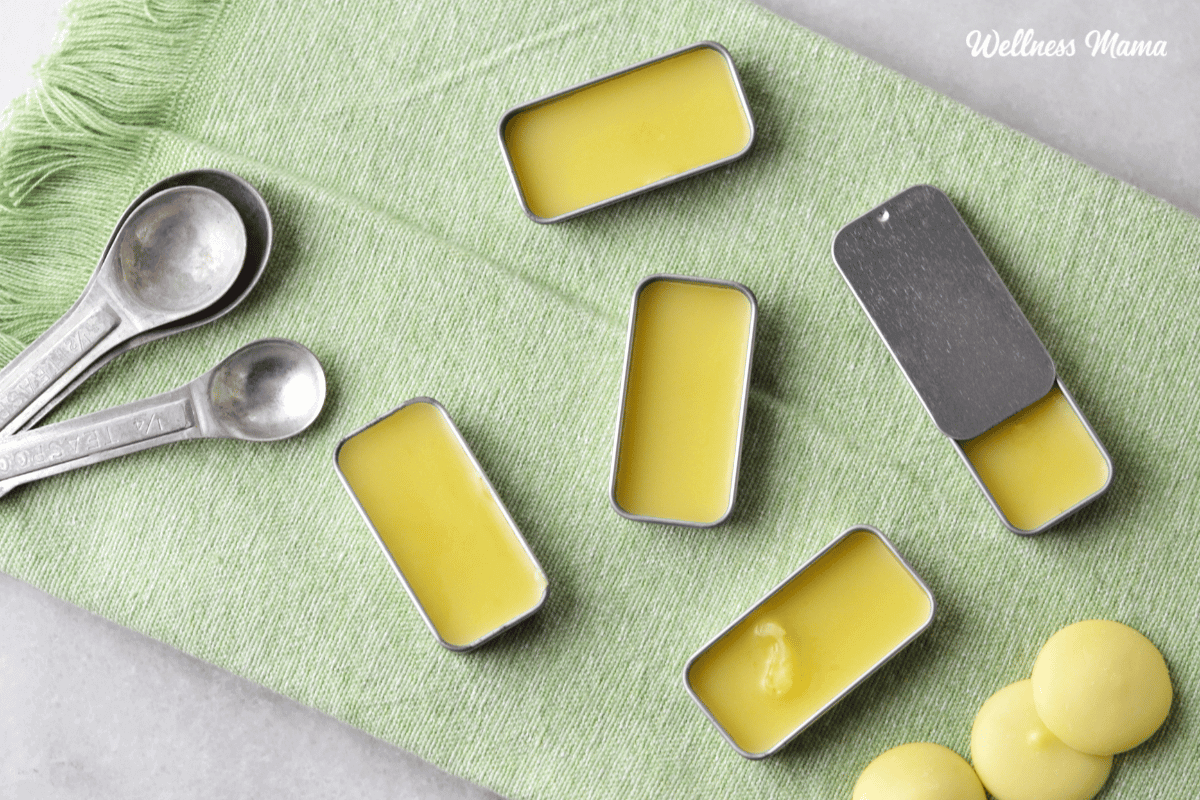

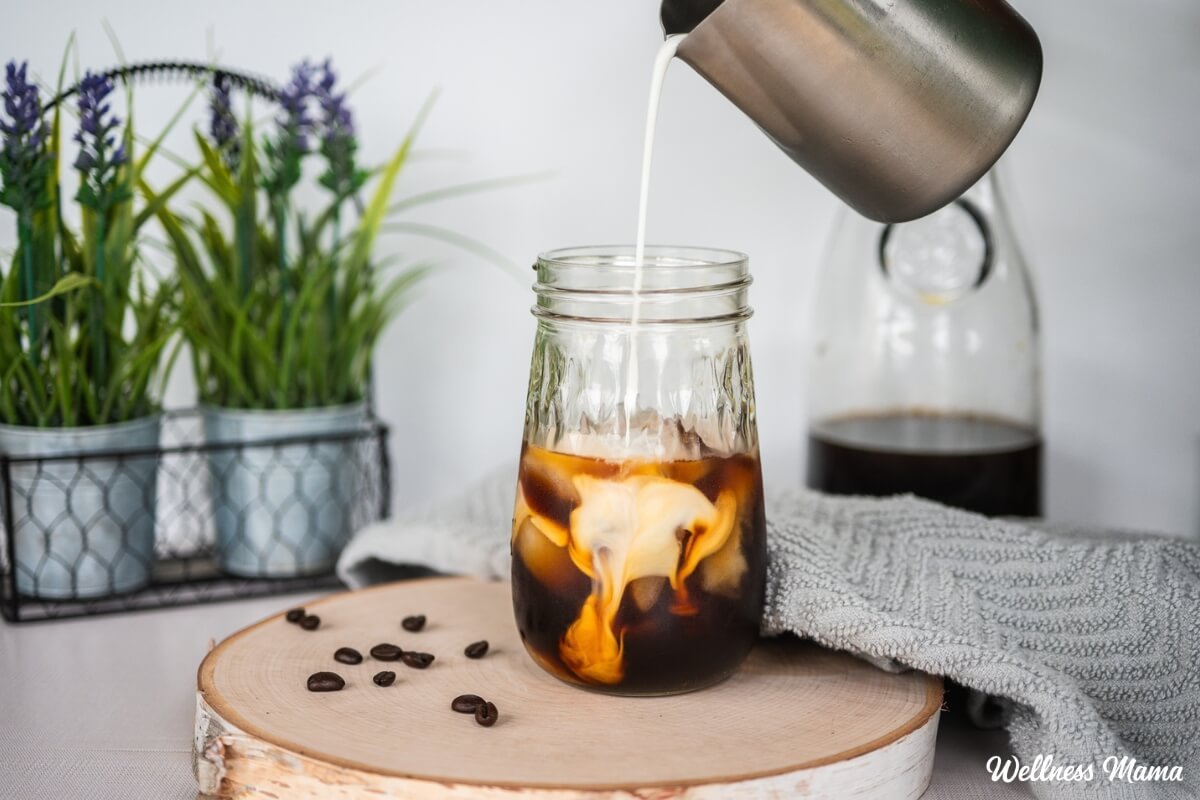
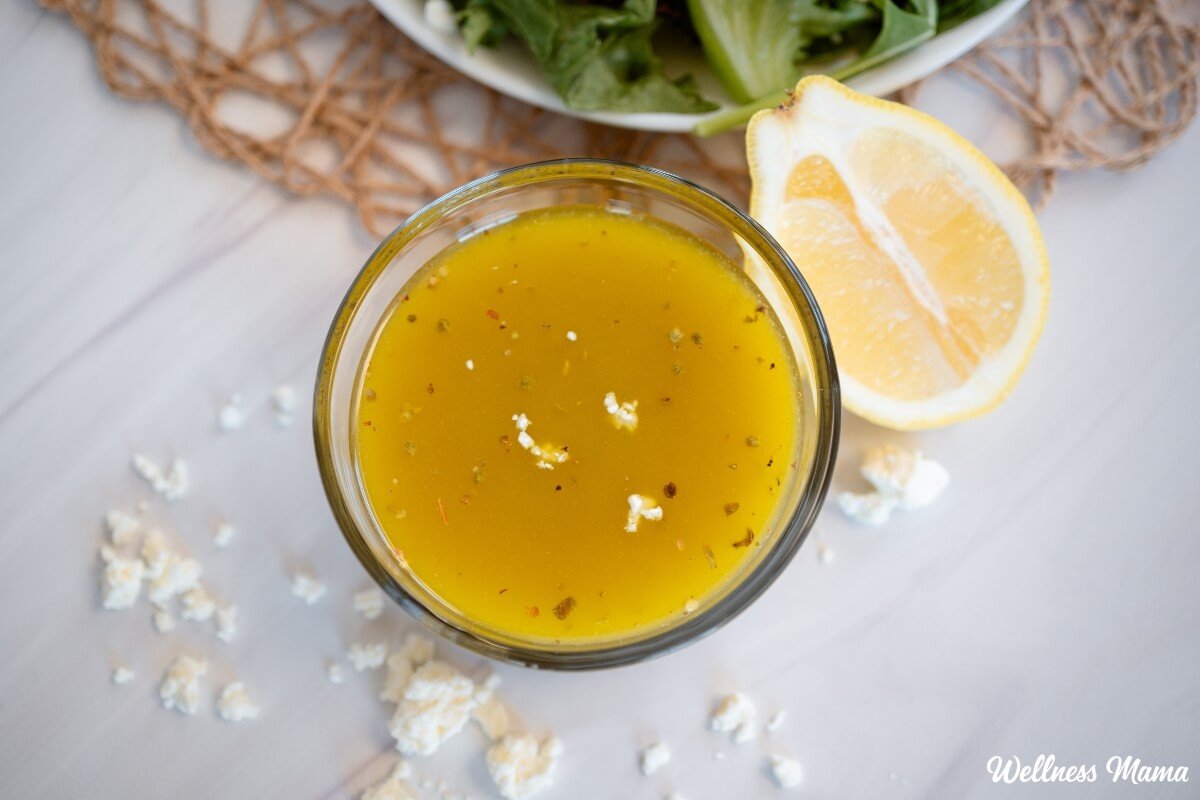
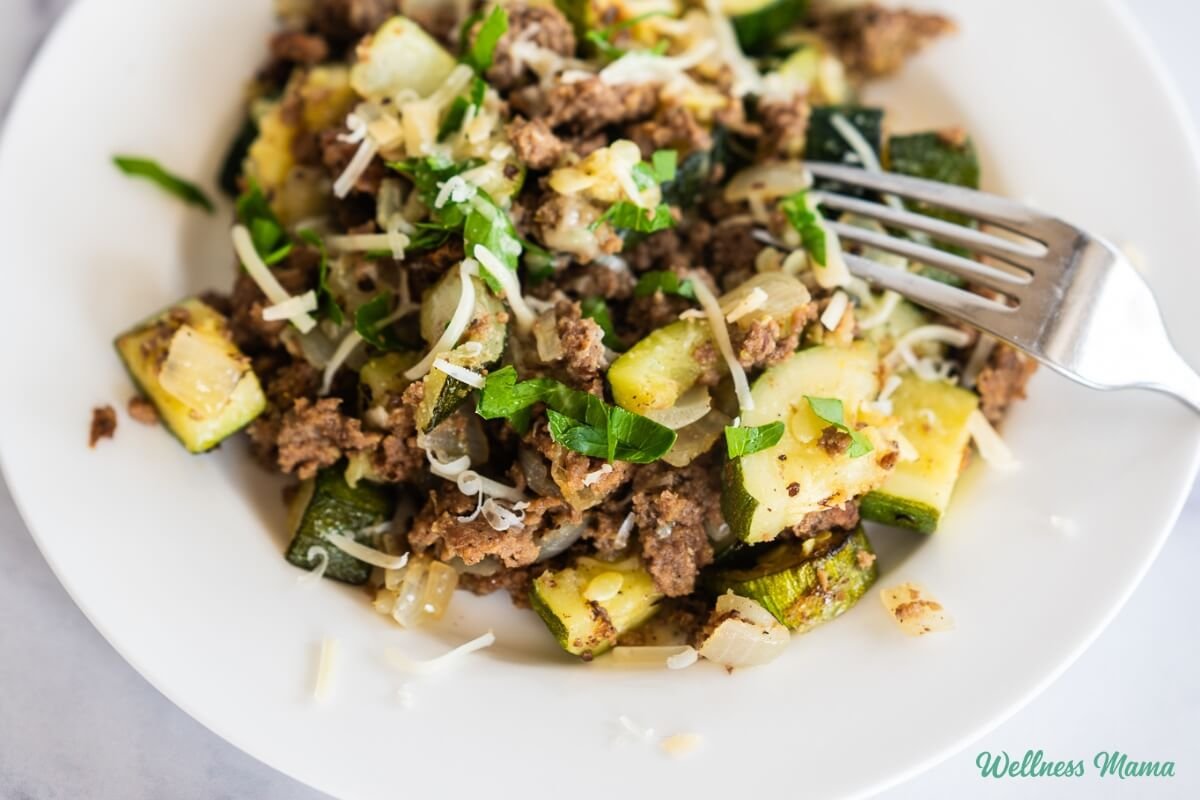
Leave a Reply